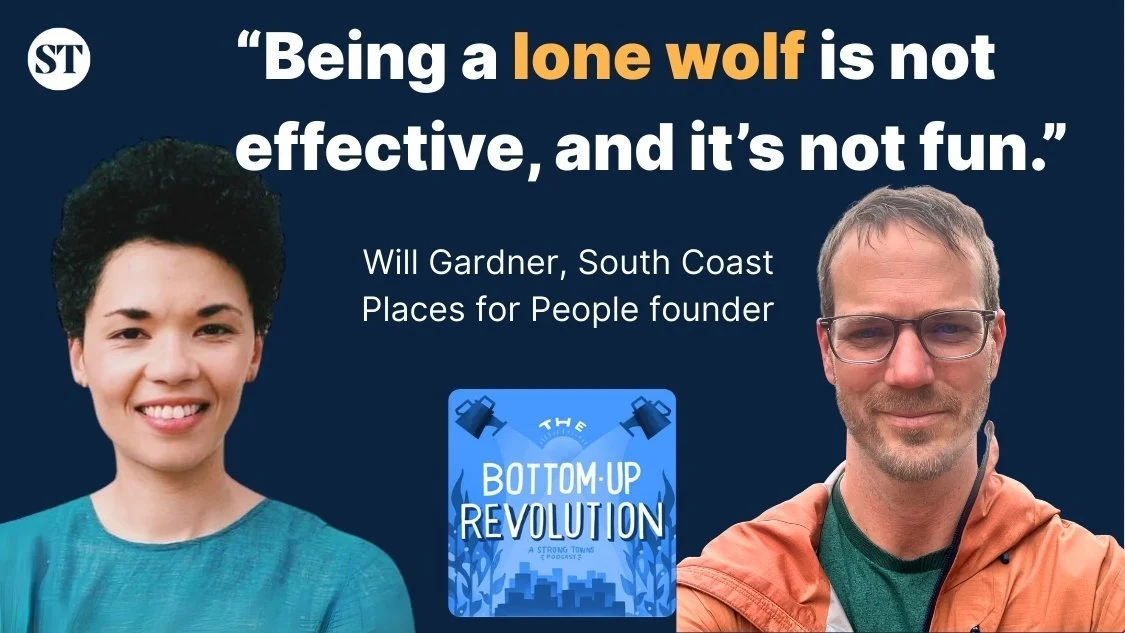Less Talk, More Walk: Better Design Starts Outside, Not in the Conference Room
Want to fix a broken street? Start by walking it.
At Perth Design Week 2025, a group of residents, business owners, and city leaders set out on foot—not just for exercise, but to reimagine what a street in Perth, Australia could be. Known for its steady daytime foot traffic and buzzing nightlife, Lock Lane also doubles as a risky shortcut for cars. What the "Less Talk, More Walk" workshop aimed to do, is transform Lock Lane from a problem spot into a shared space of possibility.
Organized by Town Team Movement and Northbridge Common, the “walkshop” invited participants to slow down, take stock, and share stories. Together, they examined how Lock Lane functions—and how it doesn’t. It’s an approach rooted in a growing movement: hands-on, street-level engagement that replaces top-down plans and PowerPoint decks with lived experience.
This method echoes the spirit of Jane’s Walks, grassroots walking tours inspired by the author and advocate Jane Jacobs. In cities around the world, everyday people lead these walks through their own neighborhoods, highlighting overlooked issues, celebrating local culture, and inviting others to see familiar streets in a new light.
In Winnipeg, one family took this idea even further by chalking comments directly onto the sidewalk during a Jane’s Walk—raising awareness of everything from accessibility challenges to missing trees. Their block became a canvas for feedback, sparking conversations that no public meeting could have captured.
In Charlotte, North Carolina, the Charlotte Urbanists regularly invited residents, planners, and elected officials to walk through neighborhoods together. One of their most memorable walks took place in a transit-dependent part of the city, where residents pointed out bus stops without benches and sidewalks that abruptly ended. By walking through these spaces together, city leaders and community members were able to better understand the disconnect between the city’s planning and the lived experience of its residents.
The walk didn’t just generate empathy—it generated action, leading to tangible safety upgrades and better, kinder infrastructure planning.
(Images from Chalking the Block for Jane’s Walk.)
(Before and After) - Our first official Benches for Bus Stops bench has been installed! 🎉 This was one of our most-requested stops by bus riders who responded to our survey stickers. pic.twitter.com/LKhGZTNOpS
— Charlotte Urbanists (@CLT_Urbanists) March 21, 2022
These kinds of walking workshops and tours prove that lasting change starts with direct experience. When people engage with the built environment at street level—when they feel the heat off the pavement, hear the traffic, notice the missing curb cuts—they begin to understand what's really at stake.
It’s not just about streets or sidewalks; it’s about dignity, safety, and opportunity.
For over a decade, Strong Towns has been building a movement that knows that real change doesn’t start from above. It begins with small, smart, bottom-up action. Humbly observe where people in the community struggle. Ask the question: What is the next smallest thing we can do right now to address that struggle? Do that thing. Do it right now. Repeat.
This simple, four-step approach has helped Strong Towns members move from ideas to action, from chalk lines to permanent infrastructure, and from quiet frustration to lasting, visible change.
You can wait for someone else to come fix your street or you can join the movement that will give you the tools to do it yourself.






